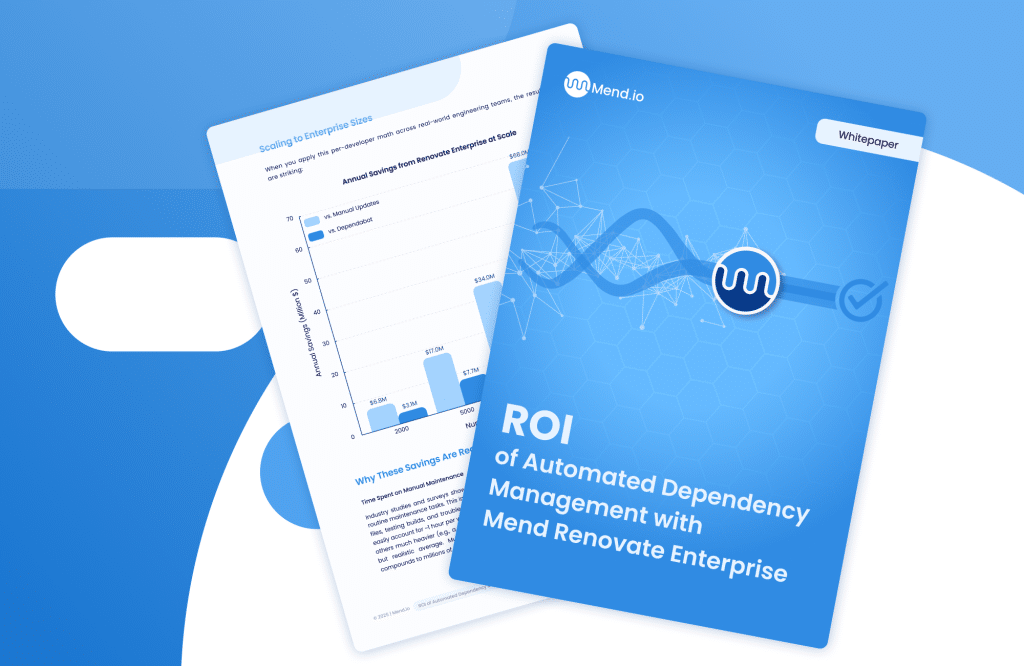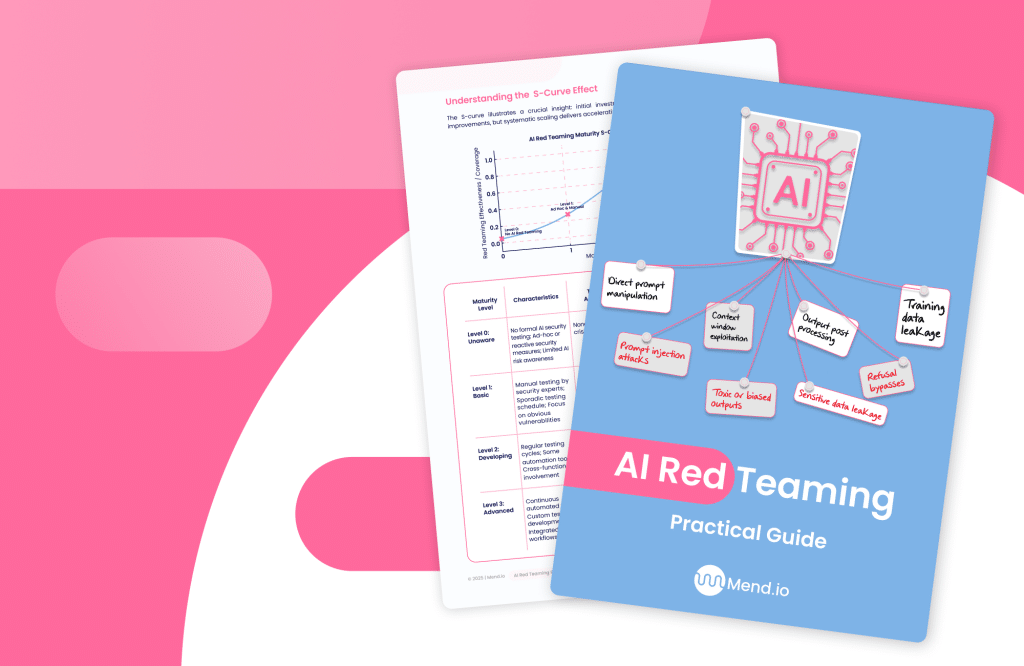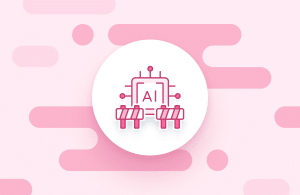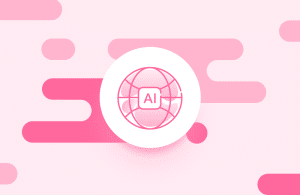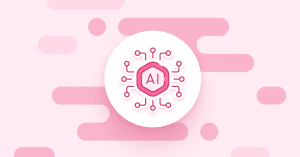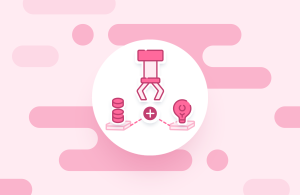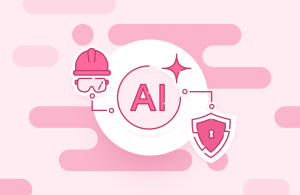Table of contents
What is Generative AI Security?
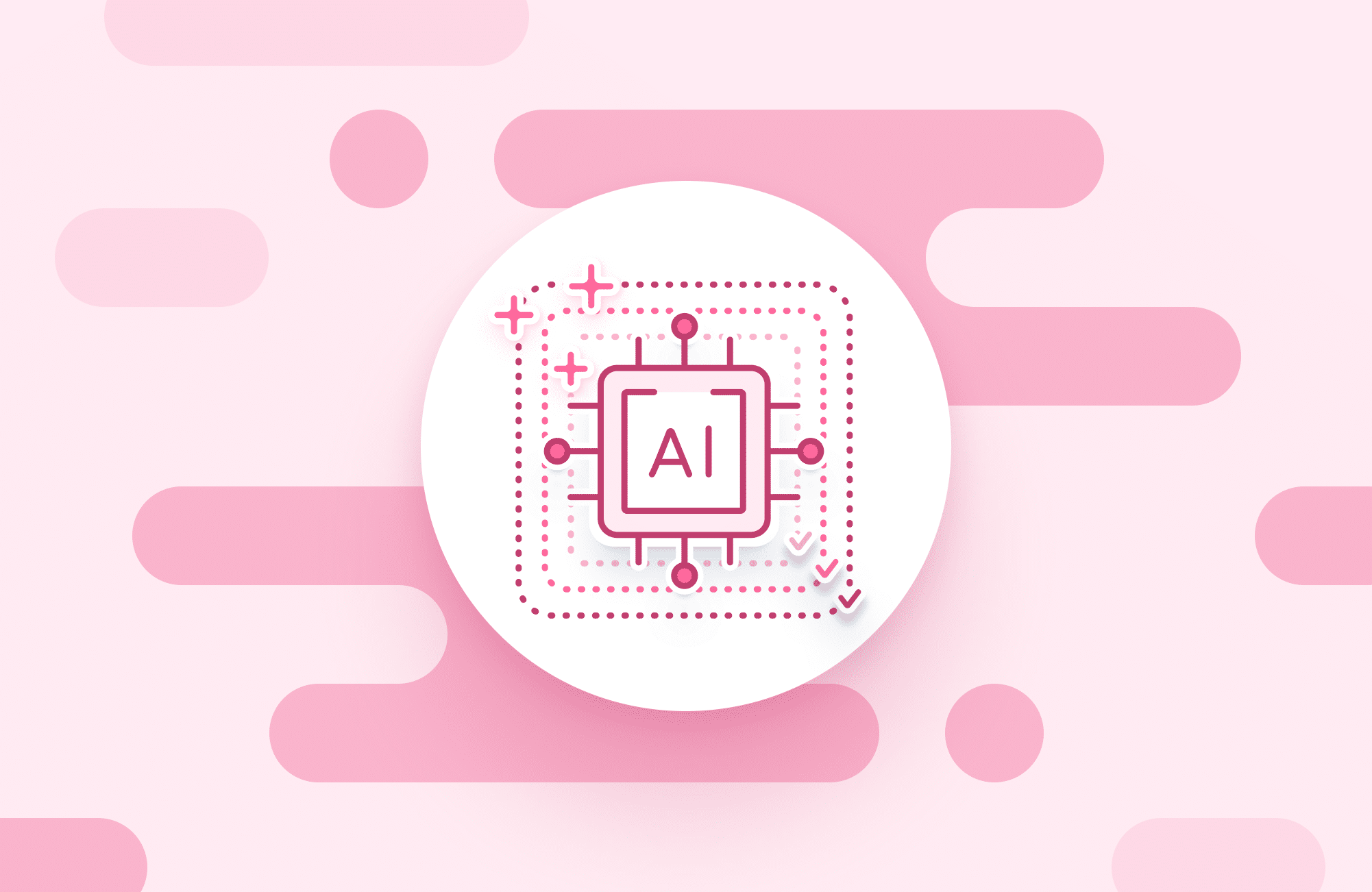
From supporting customers through intelligent chatbots to auto-generating code, GenAI is revolutionizing enterprise operations. But as Spiderman coined, with great power comes great responsibility. This article will look at generative AI security, including trends and best practices to stay on top of. This article is part of a series of articles on AI Security.
Why is generative AI in cybersecurity important?
When considering implementing GenAI, organizations need to think about the risks of:
- Data Leakage: GenAI models trained on sensitive or proprietary data can unintentionally reveal it during inference.
- Misinformation and Hallucination: Poorly tuned models may generate misleading or inaccurate outputs, causing operational and reputational harm.
- Model Exploits: Attackers can manipulate GenAI models through prompt injection or data poisoning.
- Compliance Risk: Misuse of personal or regulated data in training or generation can lead to legal exposure (e.g., GDPR, HIPAA).
Generative AI security isn’t just a technical issue, it’s a business imperative. Improper use of generative AI poses unique risks that need dedicated mitigations, and companies must bake security into their AI initiatives from day one.
GenAI security trends and statistics
To understand generative AI in cybersecurity, it can help to get a handle on the key trends in the industry. Here are five quick facts to get your head around:
- Mainstream adoption is accelerating: According to McKinsey Research, 71% of respondents say their organizations regularly use GenAI in at least one business function, up from 65% in early 2024. With broader adoption comes increased exposure to security gaps.
- Shadow AI is a growing blind spot: CISOs are increasingly worried about unauthorized use of GenAI tools by employees, often without governance, security vetting, or visibility. One in five admits to having corporate data exposed by employees.
- Security frameworks are emerging: OWASP’s 2023 release of the Top 10 LLM Risks highlights how generative systems require threat modeling beyond traditional AppSec assumptions, introducing categories like excessive agency, training data poisoning, and insecure output handling.
- Cloud providers are responding: Google Cloud emphasizes the need to manage AI-related risk through continuous evaluation, due to the non-deterministic, evolving nature of generative models. AWS, Azure, and others are similarly building guardrails into AI services.
- Enterprise CISOs are sounding the alarm: From visibility gaps to lack of explainability, GenAI is reshaping threat landscapes and tooling needs. The demand for AI-specific security controls and monitoring is driving new product categories and regulatory scrutiny.
For a broader view of adoption trends, our collection of generative AI statistics highlights how fast these tools are scaling and why security must keep pace.
Key components of generative AI in cybersecurity
So, the need for generative AI cyber security is clear, but what are the elements to consider?
GenAI model security
Securing the model itself involves mitigating threats like:
- Prompt injection attacks
- Model extraction and inversion
- Data poisoning
More broadly, it’s useful to distinguish between securing AI itself versus using AI as a security tool—two concepts often confused. Our overview of AI security solutions clarifies the difference. Developers must ensure GenAI models are trained, fine-tuned, and deployed with threat awareness. This includes adversarial testing and monitoring for abuse. For a deeper dive into securing model logic and preventing theft, check out our guide to AI model security.
Data security and privacy management
Data used to train and interact with GenAI systems must be:
- Sanitized to remove sensitive information
- Encrypted in transit and at rest
- Governed under clear access and compliance policies
Mature organizations are implementing data classification and filtering layers prior to model ingestion.
Infrastructure and pipeline security
AI systems often depend on complex MLOps pipelines and cloud infrastructure, introducing new risks:
- Insecure APIs
- Misconfigured IAM and RBAC
- Unscanned container images or ML artifacts
It’s crucial to emphasize the importance of secure software supply chains in AI development. Advocate for continuous scanning of dependencies, container hardening, and automated policy enforcement across the ML pipeline, which can extend proven DevSecOps practices to cover model artifacts, data sets, and AI infrastructure.
Application level security
GenAI is increasingly integrated into web apps, SaaS platforms, and developer tools. This layer demands:
- User input sanitization
- Output filtering (e.g., toxicity, PII, bias)
- Rate limiting and abuse detection
At Mend.io, we approach GenAI integrations with the same rigor as any software component, ensuring application-layer protections are actively enforced to prevent misuse, leakage, or downstream compromise. One example is Retrieval-Augmented Generation (RAG), which extends LLMs with external data but also introduces new risks like poisoned databases and data leakage. See our guide on RAG security for practical ways to secure RAG pipelines
The OWASP Top 10 for LLM and generative AI security risks
OWASP’s LLM Top 10 is the current gold standard for classifying generative AI security risks. These risks introduce challenges across trust boundaries, input channels, data governance, and model behavior. Here’s a brief overview of each:
- Prompt Injection: Malicious users craft inputs that manipulate or subvert the intended model behavior.
- Insecure Output Handling: Failing to validate or sanitize generated content can lead to injection or misinformation risks.
- Training Data Poisoning: Attackers inject tainted data into training sets to influence model outputs maliciously.
- Model Denial of Service: Prompt loops or resource-intensive queries can crash or degrade performance.
- Supply Chain Vulnerabilities: Insecure models, datasets, or third-party plugins may introduce risk during development or deployment.
- Sensitive Information Disclosure: Models may memorize and leak proprietary or personal data from training sets.
- Overreliance: Overtrusting GenAI outputs without verification can lead to errors or automation misuse.
- Insecure Plugin Design: Plugins or tools extending model capabilities may lack input validation or authorization.
- Excessive Agency: Granting GenAI systems too much autonomy can lead to unintended actions or decisions.
- Model Theft or Extraction: Adversaries reverse-engineer or copy model logic or weights through repeated querying.
These map closely to traditional AppSec categories like input validation, code injection, and access control, but in the context of GenAI, they require novel mitigation strategies.
Generative AI security best practices and strategies
What are those strategies? (We hear you ask.) Here are seven best practices which are a great start. Shadow AI isn’t the only hidden risk. Unauthorized AI connectivity via the Model Context Protocol (MCP) can expose sensitive data paths and bypass governance.
Establish a governance and AI risk framework
Every GenAI initiative should start with a governance strategy that clearly defines acceptable use, ethical boundaries, and risk tolerance. Adopt formal AI-specific risk management frameworks, such as the NIST AI RMF, and integrate them into existing AppSec and DevSecOps programs. Governance should cover data handling, model training, deployment, monitoring, and decommissioning.
Top Tip: Build a centralized AI policy repository in your code hosting or documentation platform (e.g., GitHub, Confluence) and integrate automated policy checks into your CI/CD pipelines. Use tools like OpenPolicyAgent (OPA) or Kyverno to enforce rules on model deployments, data access, and API calls before they reach production.
Encrypt and sanitize sensitive data
Data entering or exiting GenAI systems must be rigorously sanitized: scrubbed of personally identifiable information (PII), credentials, financial records, and other sensitive assets. Use data masking, tokenization, and DLP (Data Loss Prevention) tools to prevent accidental exposure.
Top Tip: Integrate a pre-processing middleware layer in your GenAI pipeline that uses regex-based PII detectors, named entity recognition (NER), and hashing/tokenization libraries (e.g., presidio, spaCy, or AWS Comprehend). Configure it to run before API calls to the model and again on responses.
Utilize AI red teaming tools
Proactively stress test AI systems by simulating real-world attack scenarios such as prompt injection, model inversion, data poisoning, and more. Open-source tools like Microsoft’s PyRIT or IBM’s ART (Adversarial Robustness Toolbox) can automate adversarial testing.
Top Tip: Set up a dedicated red-team testing environment that mirrors your production GenAI stack. Automate attacks using PyRIT or IBM ART in a scheduled Jenkins/GitHub Actions workflow. Log and score vulnerabilities (e.g., successful prompt injections) into a SIEM or vulnerability management tool like Jira or DefectDojo for remediation tracking.
Leverage explainable AI (XAI)
Increase trust and visibility with explainability tools which give you a look under the hood. Understanding why a GenAI model produces a given output helps detect anomalies and biases. Explainability tools are therefore essential for spotting security anomalies, and meeting compliance requirements. XAI also helps build user trust in model outputs.
Top Tip: Deploy model interpretability frameworks such as SHAP, LIME, or Captum alongside your production GenAI API. Store feature attribution reports in a centralized log repository, and trigger automated alerts in your SIEM when anomalous reasoning patterns are detected, for example if a decision is driven by unexpected tokens or sensitive data fields.
Eliminate shadow AI
Enforce usage policies through SaaS discovery tools, endpoint monitoring, and thorough education and training. While 93% of organizations have implemented AI, only 8% have governance embedded. This is one area you want to be a leader, not a laggard.
Top Tip: Use network egress filtering and API discovery tools (e.g., Palo Alto SaaS Security, Zscaler CASB, or open-source packet sniffers) to detect calls to unauthorized AI endpoints. Correlate these findings with identity management logs to identify specific users or devices, then automate compliance notifications or temporary access restrictions.
Create and maintain an AI-BOM
An AI Bill of Materials (AI-BOM) is the AI equivalent of a Software Bill of Materials (SBOM). It documents model sources, training datasets and their provenance, third-party dependencies, and any fine-tuning or configuration applied. This enables traceability, compliance, and faster incident investigation.
Top Tip: Automate AI-BOM generation by integrating scripts into your MLOps pipeline that capture model version hashes, dataset checksums, dependency manifests, and fine-tuning parameters on every build. Store the AI-BOM in a version-controlled repository (e.g., Git) and use pull request checks to block deployments without an updated AI-BOM.
Use RLHF and constitutional AI
Reinforcement learning from human feedback (RLHF) and constitutional AI are emerging methodologies designed to instill human values, safety constraints, and ethical guidelines directly into GenAI models. RLHF fine-tunes model behavior based on curated human input, while constitutional AI provides predefined rules to shape outputs proactively.
Top Tip: Host your model training or fine-tuning process in an environment that supports feedback loop logging. Use frameworks like Hugging Face trl or Anthropic’s Constitutional AI methods to enforce alignment rules during training. Store your “AI constitution” as a machine-readable YAML/JSON file so it can be loaded programmatically and updated via version control.
The time for handling generative AI security risks is now
As enterprises increasingly adopt GenAI, the threat landscape evolves in kind. Generative AI security is no longer optional, it is a foundational discipline for responsible innovation.
At Mend.io, we believe AppSec leaders must treat GenAI like any other critical application component: threat model it, govern it, test it, and secure it throughout the lifecycle. By embracing best practices and aligning with frameworks like OWASP’s LLM Top 10, organizations can unlock GenAI’s value, without unlocking new risks. As adoption grows, enterprises also need continuous visibility and governance across their AI estate. AI security posture management tools are emerging to provide this holistic oversight.
